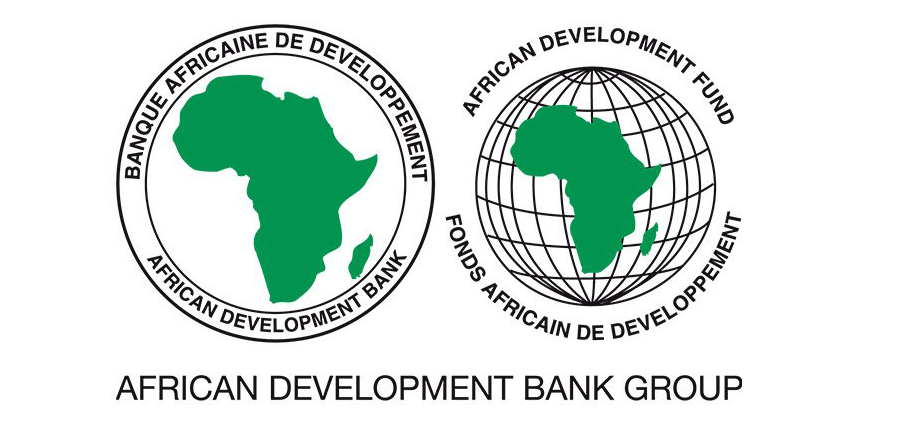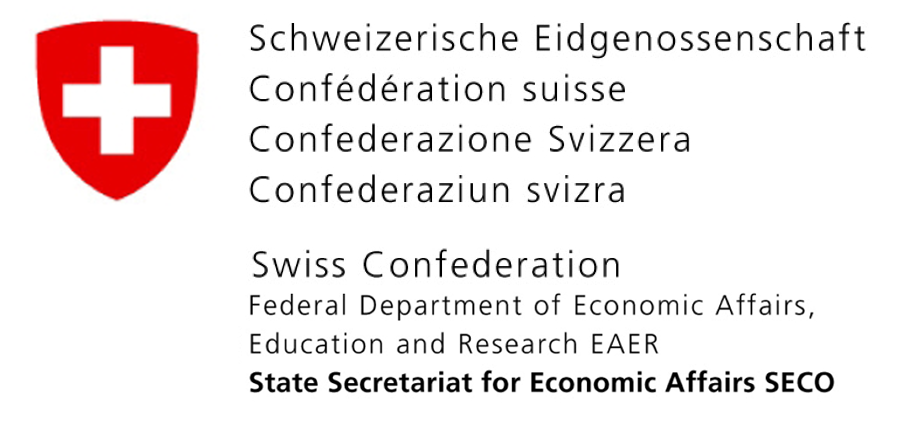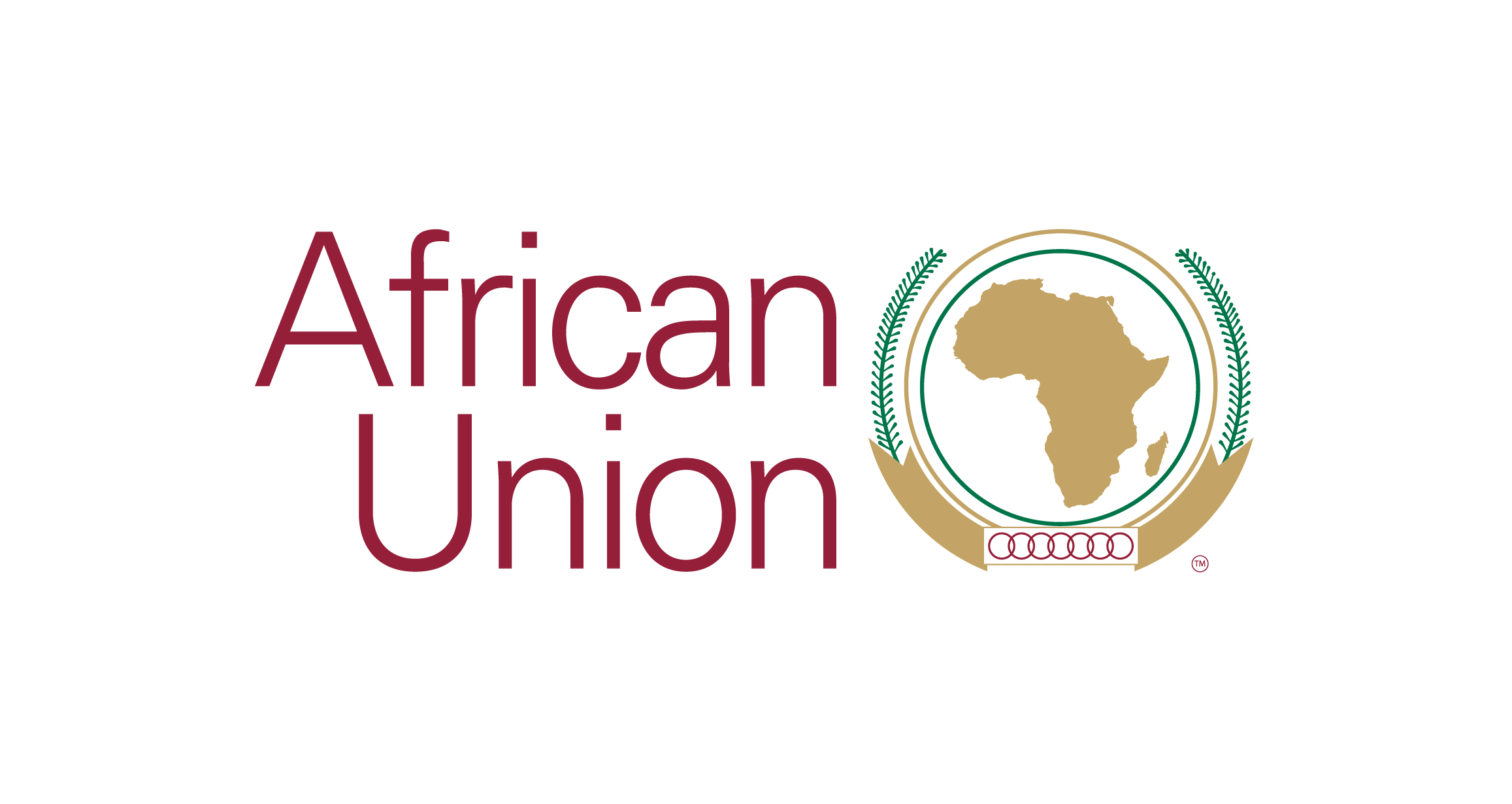Integration, Connectivity & Cohesion
Real integration will start only when road blocks to national and international freight and passenger transport have disappeared and road users don’t have to pay bribes to use a road; when borders are no longer associated with long queues of trucks delayed by lengthy and tedious procedures; when road users, especially pedestrians and children, are not killed by overloaded uncontrollable trucks; when well-developed and maintained transport networks provide the accessibility required by citizens; and when people have the real freedom to move safely and efficiently, a right they have been denied so far.
|
|
|
|
Often limited to facilitating transit of international imports and exports along the regional corridors, the corridor approach is now being broadened to include movement of goods that are produced locally in order to facilitate their trade at country and regional level and increase food security. This approach of trade corridors aims at providing comprehensive connectivity between international, national and rural networks. It is a more cohesive approach to corridor development, which may be further extended to encompass economic development areas that are in the area of influence of the corridor. The later approach is sought by countries for the development of mining corridors in particular.
Developing trade corridors is part of the regional integration agenda of the African Union which aims at establishing a Continental Free Trade Area (CTFA) in order to foster economic development through trade growth, particularly intra-Africa trade. Through a combination of measures, the Action Plan for Boosting Intra-Africa Trade (BIAT) is addressing the numerous constraints that restrict the growth of intra-African trade. These measures can be divided into three broad themes: trade policies, trade facilitation and trade competitiveness. The plan is supplemented by requirements for trade information and monitoring and evaluation activities.
The transport aspects of the trade corridor approach aim at improving the adequacy and the efficiency of the three interconnected policy pillars of the trade and transport systems, shown in the figure below:
Figure 1: Policy pillars of the trade and transport systems

For the integration, connectivity, cohesion Pillar of the Third Development Plan of the SSATP (DP3) to help advance this agenda, three objectives have been identified: (i) promote effective policy and strategy formulation and implementation for corridor development at country and regional levels; (ii) develop capacity among institutions (RECs, countries, corridors, industry associations, etc.) for inclusive policy dialogue on regional integration; and (iii) promote efficient logistics services. To achieve the objectives, SSATP’s main activities will consist of assessments and case studies, reviews of capacity building needs and capacity building support, dissemination of best practices and advocacy and support to knowledge application.
The SSATP Pillar will contribute at the policy level by assisting Regional Economic Communities (RECs), countries and regional organizations adopt a proper institution-al framework which is both conducive to an inclusive policy dialogue for regional integration and to the emergence of efficient logistics services. The focus on an inclusive policy dialogue gives prominence to corridor management - corridor here viewed as a broad concept responding to the objective of integration, connectivity, and cohesion. Development of monitoring and diagnosis tools will enable targeting interventions on the critical choke points in the logistics chains. The focus on efficient service delivery aims at establishing a legal and regulatory framework for efficient transport and logistics operators.
To effectively execute the activities in the Pillar, SSATP will work in close cooperation with the REC’s Transport Coordination Committee (TCC). The REC TCC will provide a forum for exchange of experiences, good practices and coordination of programs and activities. It comprises institutions involved in trade facilitation programs in Africa such as RECs, corridor authorities, national agencies, regional logistics industry organizations and development partners. Through the REC TCC, SSATP will play an advocacy role to promote policy changes and harmonization at continental, regional and country level and a monitoring role of their successful implementation.
The results framework presents the indicators which will measure the policies implementation.
During the SSATP annual meeting which took place in Nairobi on October 13, 2014, a working group gathering African countries prioritized the work program for 2015 starting from the programs of the RECs and the corridor management authorities (CMAs), to ensure that policies developed under the DP3 will be then actually implemented through the ongoing programs. The second parameter in the choice of priority activities was the geographical coverage and the need to involve all regions of Africa to ensure sustained interest of regional economic communities (RECs) and CMAs. In particular, more consultation is needed with West and North Africa. The meeting also suggested targeting implementation of the pillar during a 2-year rather than a 3-year period.
The following expressions of interest were received during the meeting:
- The East African Community (EAC) has identified the need to evaluate the impact of the construction of the one-stop border post (OSBP) at Rusumo and Namanga funded by Japan International Cooperation Agency (JICA). The evaluation ex-ante could be based on assumptions of improvements in terms of traffic and time and cost of cross-border movements. A more comprehensive methodology would be proposed including monitoring requirements to evaluate the impact ex-post when actual data become available after construction.
- The Intergovernmental Authority on development (IGAD) reminded that SSATP had included support to the Djibouti corridor under the current Second Development Plan but no work was carried out. SSATP will contact IGAD to identify the specific needs and the support that can be provided under the DP3.
- The Northern Corridor Transit Transport Coordination Authority (NCTTCA) would like support to integrate the load control charter outcomes into its observatory, and in its Strategic Plan. This is a continuation of the support provided to EAC and NCTTCA under the current Second Development Plan.
- EAC requested assistance in managing public private partnerships (PPPs) for road infrastructure development and also for performance-based contracting for roads. This type of activity is not included under the DP3, but the African Development Bank indicated that this is an area where it could provide support.
While more work is needed to finalize the work program, the following guiding structure was agreed:
|
Policy and Strategy Formulation |
Regional Integration Institutions |
Efficient Logistics |
|
Review of Strategic Plans of Regional Integration Institutions
Review practice of Economic Development Corridor (Nacala) |
Support Development of Corridor Management Institutions (several potential regions)
Continue Transport Observatory work
Regional Coordination / knowledge sharing (REC-TCC) |
OSBP: economic impact, reform and operations
Reform , modernization and professionalization of trucking services |











